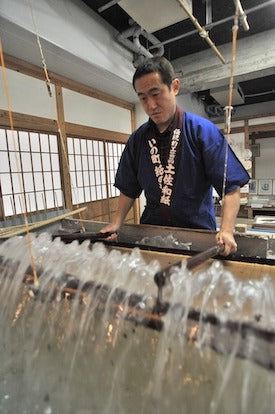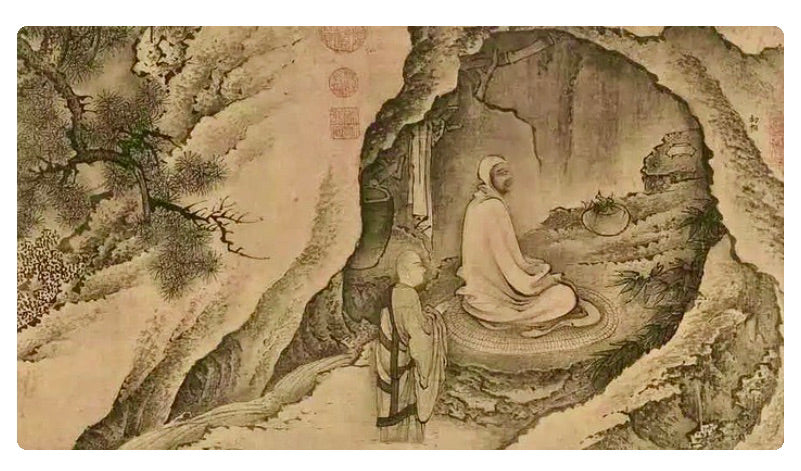The Japanese art, or technique, of cutting and folding paper into objects or designs is said to have developed with the invention of Tesuki Washi paper, brought to Japan by Doncho, a Buddhist monk from Korea.

In Japan there are many brands of washi paper produced through traditional hand-making techniques. Of these, Kochi Prefecture’s Tosa-washi is especially known for its utility in repairing prestigious works of art such as ukiyo-e color woodblock prints. The key to manufacturing quality washi lies in its main ingredients: water and kozo, the paper mulberry tree. The Niyodo River, said to have the best water on the island of Shikoku, runs through the middle of the island. As the quality of the area’s paper came to be recognized, the number of craftspeople grew rapidly, and by the mid-Meiji Period (1868-1912), the region became the chief washi producer in Japan. It’s highly valued for its thin, yet durable nature, which has led to it being known as kagero-no-hane, or dragonfly wing. It is the world’s thinnest hand-made paper.

These properties have been realized through the time-honed techniques of the craftspeople who so skillfully intertwine the long, thick fibers of the kozo. The traditions of Tosa-washi are still passed on to this day. Origami, which is the elaborate folded paper designs into a myriad of shapes: typically plants, animals, and craft work including festival/ character masks, paper lanterns, umbrella, and fan making, as well as paper-lit floats for festivals. The most famous paper folds being paper cranes, with the most impressive being the 1000 crane hangings, because the process of folding 1,000 paper cranes is said to give a person a chance to make one special wish come true. The crane is believed to live for 1,000 years and that is the meaning behind 1,000 an individual needs to fold, (see writings on the Sadako Peace Monument in Hiroshima, Japan). These wonderful creations have made Origami unique, because of the fact that it simply requires paper, and an understanding of mathematics, and a creative imagination. Not only is it popular with children but also the older population, because it increases hand-eye coordination, fine-motor skills, and supports mental concentration.




